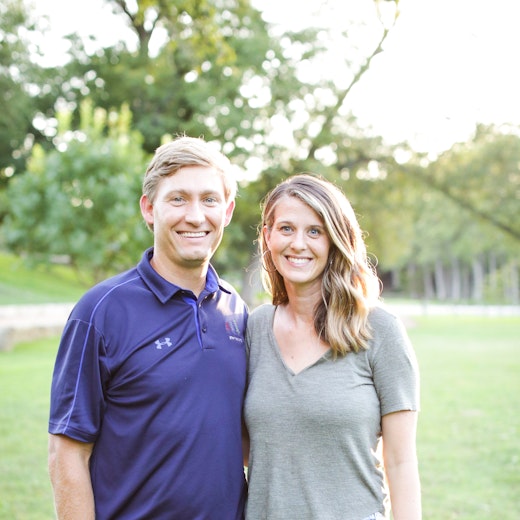Last Child In The Woods: Chapter 1 Gifts of Nature

As we move into the first chapter of the book, I have been thinking about these questions.
-
What exactly is considered nature?
-
How is nature a gift to our children?
-
How can we as parents lead our families in giving our children opportunities to explore nature?
I like to play indoors better, ‘cause that’s where all the electrical outlets are. – 4th grader in San Diego
I have always thought of nature as being completely secluded in the woods, where there are no buildings or traces of civilization in sight. After reading this chapter, Louv defines nature as natural wildness, biodiversity, or abundance. So really, when I use the word nature in these blogs, I will refer to nature as anywhere that biodiversity exists, like your backyard, a friend’s farm, or amongst the piney woods (like at camp). To be clear, I did have to look up the definition of biodiversity! Biodiversity is defined as diversity among and within plant and animal species in an environment.
Unlike television, nature does not steal time; it amplifies it. – Richard Louv
How is nature a gift to our children? Who of you remember climbing trees as a kid? Growing up in Henderson we had this ginormous live oak tree. Its limbs stretched across our entire backyard and it was the perfect climbing tree. I remember climbing nearly every limb, including the ones that took you to our two-story roof top. Tree-climbing taught me a lot of things, like how to overcome my fears, how to problem solve (i.e. getting to that first big limb which gave me access to the rest of the tree), and how to respect gravity. I do not know if I can answer fully right now how nature is a gift to our children, but in the short time thinking about climbing that live oak, I’m realizing that nature gives our children the space for so many learning opportunities. Not only do we learn about the world around us, but we also learn about ourselves.
When I see the birches bend to the left and right…I like to think some boy’s been swinging from them. – Robert Frost
Reading this book has really challenged me to think about how Mandi and I are leading our family when it comes to embracing nature. It gets so easy to get into our daily routines and I think many times we can get sucked into this fast-paced, technology filled world. When that happens, we miss out on being present and enjoying God’s creation. As we say at camp, we were made to play outdoors, and when we don’t play outdoors it seems like a part of us is missing. So, I want both of our boys to experience nature on a regular basis. What can I do this summer even, in the busyness of camp, to enjoy being outdoors with Bear and John Brooks? I have told Mandi I want to take Bear camping for the first time (he’s two years old) at the Initiation Pond one night after fishing. Now that I’ve blogged about it, you can hold me to it! By sending your child to Huawni this summer, you are giving them a very rich nature experience.
Here are three practical ways we can encourage our kids to connect more regularly with nature:
- Be outdoors ourselves
- Make Tuesdays tech-free at your home and require that everyone be outside until supper
- Let your children run around the neighborhood
Given a chance, a child will bring the confusion of the world to the woods, wash it in the creek, turn it over to see what lives on the unseen side of that confusion. – Richard Louv
Again, congratulations on sending your child to Camp Huawni this summer. They are getting a healthy dose of the outdoors and all the while learning more about who they truly were made to be.
What did you learn in Chapter 1? Please share below.
